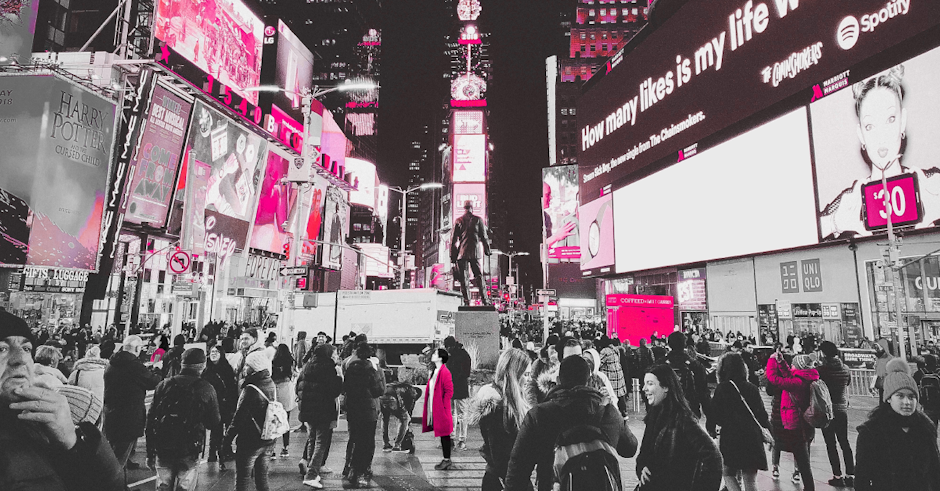How the death of the cookie will give rise to wider DOOH adoption
It’s been a year since Google revealed its intentions to remove third-party cookies in order to meet rising consumer expectations for privacy and evolving regulatory restrictions

Enter digital out of home (DOOH): an alternative way to deliver ads in a relevant, meaningful and timely manner. Channels that rely less on cookie tracking technology to initiate one-to-one connections with individual customers have started to gain momentum with the likes of DOOH projected to increase from $6.7bn ad spend in 2019 to $15.9 bn in 2027. This fast-growing medium hasn’t been affected by the cookie issue mainly due to its use of third-party data, offering advertisers better targeting and measurement capabilities than ever before.
Here’s how DOOH is continuing to bring brands to life on digital screens with precision and scale.
Activating triggers enable ads to be served at contextually relevant moments
As opposed to looking for individual connections, out of home (OOH) leverages user behaviors at a macro level to connect brands with crowds of people (for example, in malls or on roadside environments) through contextual targeting, also known as a ‘one-to-many’ approach.
One-to-many channels remain unphased by the demise of the cookie because the objective is different - it all boils down to context. Reaching consumers in real-time, when they’re in the right state of mind, used to be next to impossible in a one-to-many environment, but technologies like programmatic DOOH and audio OOH have emerged to empower advertisers to authentically connect with audiences in a more human, memorable and contextually relevant way.
Within programmatic DOOH, contextual personalization can be achieved through bespoke targeting methods, activating triggers based on environmental factors. These triggers can also be activated at key moments based on pre-selected criteria, such as temperature, pollen levels, traffic, a football match score, and even social sentiment. This presents new opportunities to optimize the contextual relevance and impact of campaigns in DOOH, without any need for the third-party cookie.
Anonymized mobile location IDs powers pDOOH audience targeting
For years, advertisers have been relying on cookies to understand and track their audiences’ online behavior. With the customer data collected, brands are able to better understand behaviors, identify what content customers are interacting with and, ultimately, implement strategies that seek to improve browsing experience, engaging with audiences throughout their entire online journey. So let's look at the way in which one-to-many channels like DOOH are able to target audiences at scale without the need for cookie tracking.
Using anonymous, historical and thoroughly vetted mobile location IDs, programmatic DOOH collates major audience movements and consumer behaviors to build a clearer picture of when, where and how OOH advertising can be most impactful. Instead of relying on first-party IDs, programmatic DOOH uses modelling of probabilistic, historical anonymized mobile location data to understand audiences, their buying behaviour and their movement patterns.
For example, advertisers can look at fitness enthusiasts to understand demographic and behavioral traits, what percentage of them hit the gym, when they do so, and what their preferred habits are afterwards. Do they head straight home, visit a coffee shop, or go to the mall? Most often, people follow routines in their everyday lives. Programmatic DOOH over-indexes against these movement patterns to engage consumers with contextually relevant messages at multiple touchpoints and at highly effective times and places. This, in turn, enables advertisers and media planners to learn which device IDs are likely to be in the vicinity of a chosen point of interest at a particular time. This allows them to target their campaign in real-time on a specific DOOH screen when a high propensity is nearby, giving them more precision than ever before.
So while these major changes to data privacy will set the ad industry back years, one-to-many digital channels are less affected and stand to gain new adopters.
As we move towards a more data-private future, where the customer has the upper hand, it’s interesting to see the natural coming together of the offline-online world. The oldest ad format in the books - OOH - now has an important opportunity to teach its younger counterparts the importance of consumer trust and context.
To find out more, visit www.hivestack.com

